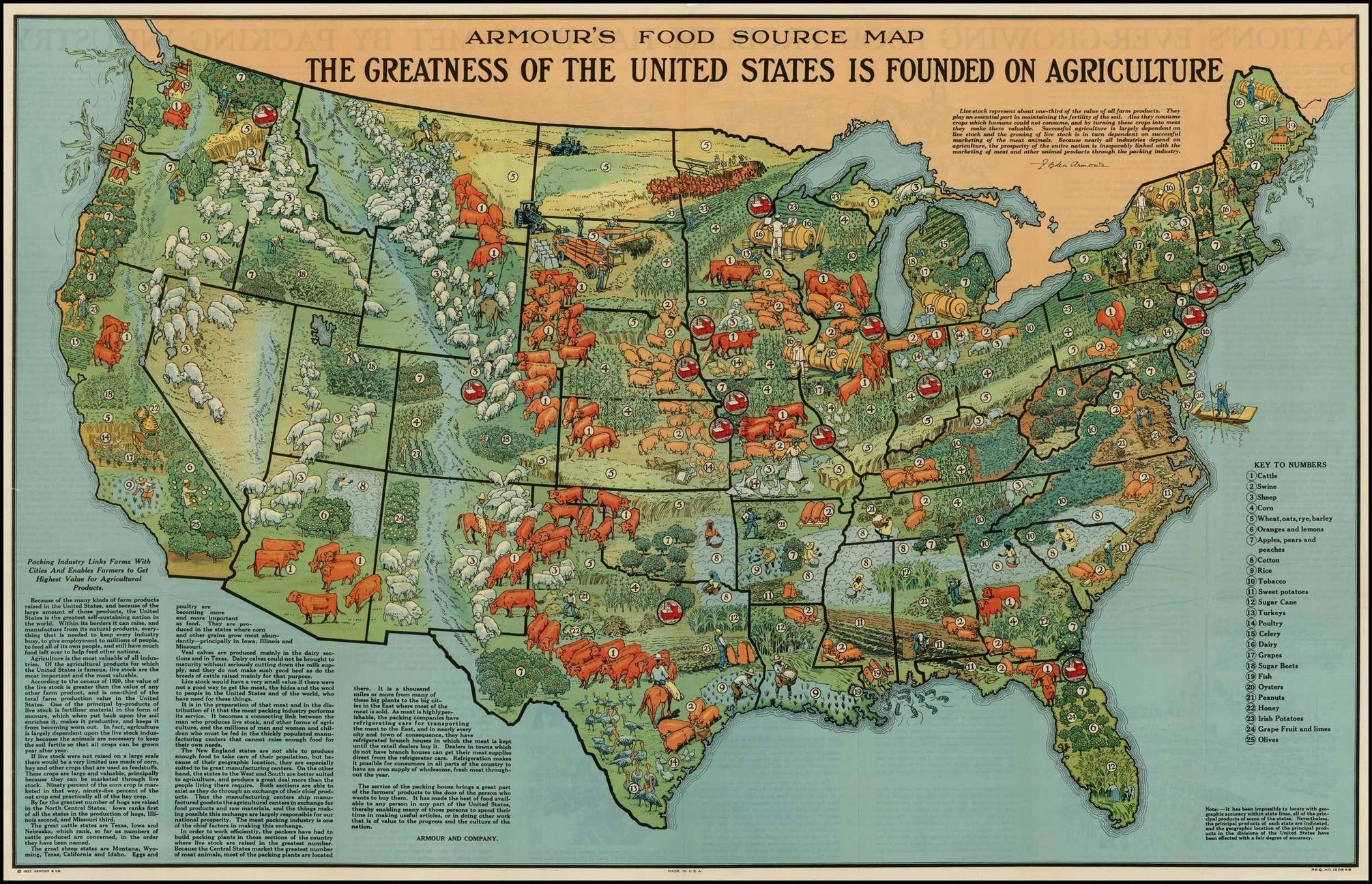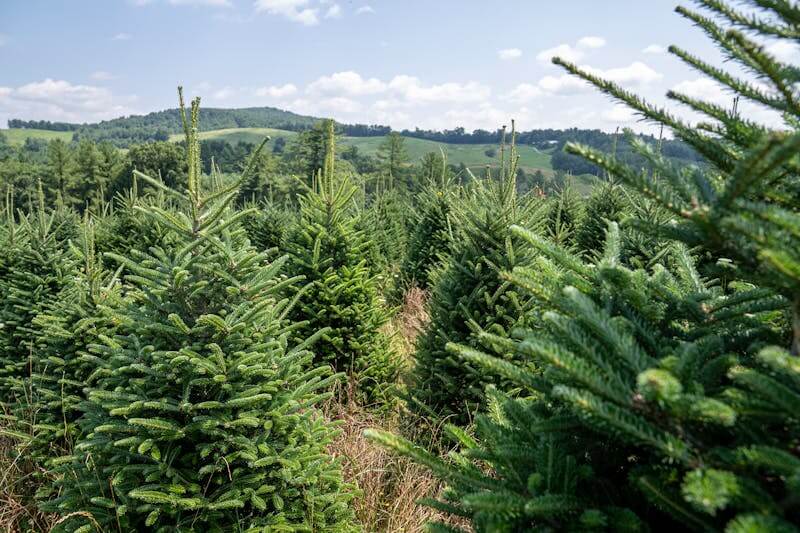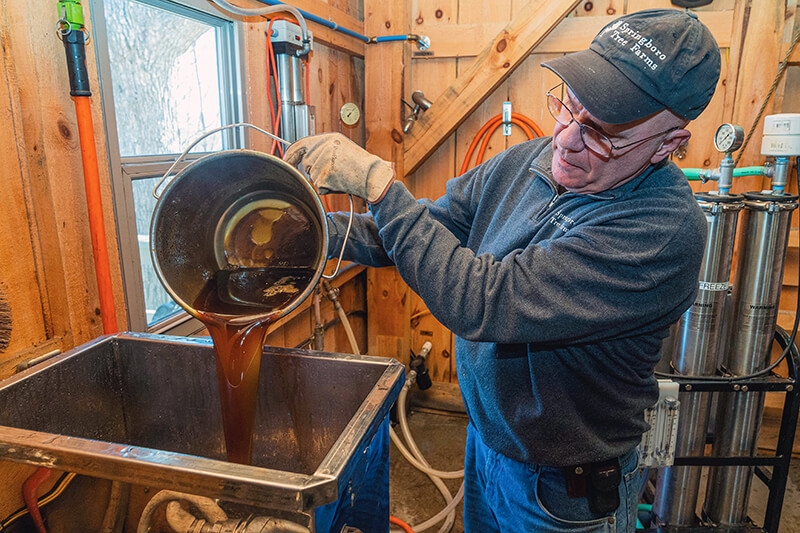Plant Tops and Bottoms
Students identify where fruits and vegetables belong on the MyPlate diagram and describe the major parts of plants—roots, stems, leaves, flowers, and fruits—according to if they are produced on the top or bottom of a plant.
Students identify where fruits and vegetables belong on the MyPlate diagram and describe the major parts of plants—roots, stems, leaves, flowers, and fruits—according to if they are produced on the top or bottom of a plant.
Students synthesize what they know about soils, plants, and the environment to plan a garden, present their plans, and explain why they made the decisions that they did.
Through project-based learning, students use school resources to construct and grow a school garden to supplement the school Backpack Program with fresh fruits and vegetables.
Students identify foods grown in a garden, observe various types of seed, and grow their own "milk jug" garden. Students listen to the Tale of Peter Rabbit, by Beatrix Potter and investigate produce that is grown in gardens or on farms.
Students will discover the connection between climate and our food supply as they answer the question, "Where does it grow?" They will also explore the consequences of climate change on our food supply and discover how advances in science can help farmers adapt to climate change.
Students investigate how light affects plant growth by observing changes in a plant’s growth and movement as light availability is altered through an experiment.
Students explore basic information about pigs and the products they provide.

Students investigate US crop and livestock production and analyze the relevance of land use models in contemporary agricultural production.
Students identify the variety of soybeans uses for human consumption, livestock feed, and industrial products, explain how key historical events affected soybean production in the United States, and create a bioplastic made from soybeans.

Students explore the history of the Christmas tree, explain the life cycle of a conifer, identify types of trees and how they adapt, discover what it's like to work on a Christmas tree farm, and examine the ecology of conifer trees.
Students explore the life cycle of wild rice, compare the steps of the traditional Native wild rice harvest with a cultivated wild rice harvest, and create their own wild rice bowls.

Students recognize how geography and climate allow for the growth of maple trees and the process of making syrup, identify the characteristics of maple trees that produce the best sap for making maple syrup, and name the steps in the process of creating syrup from sap.